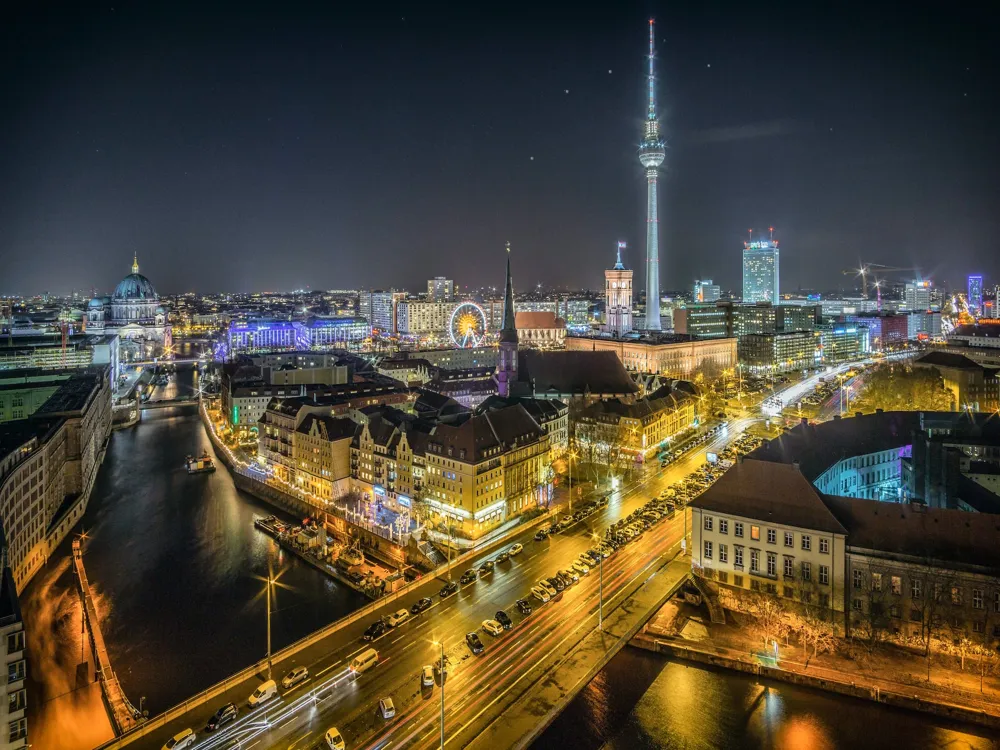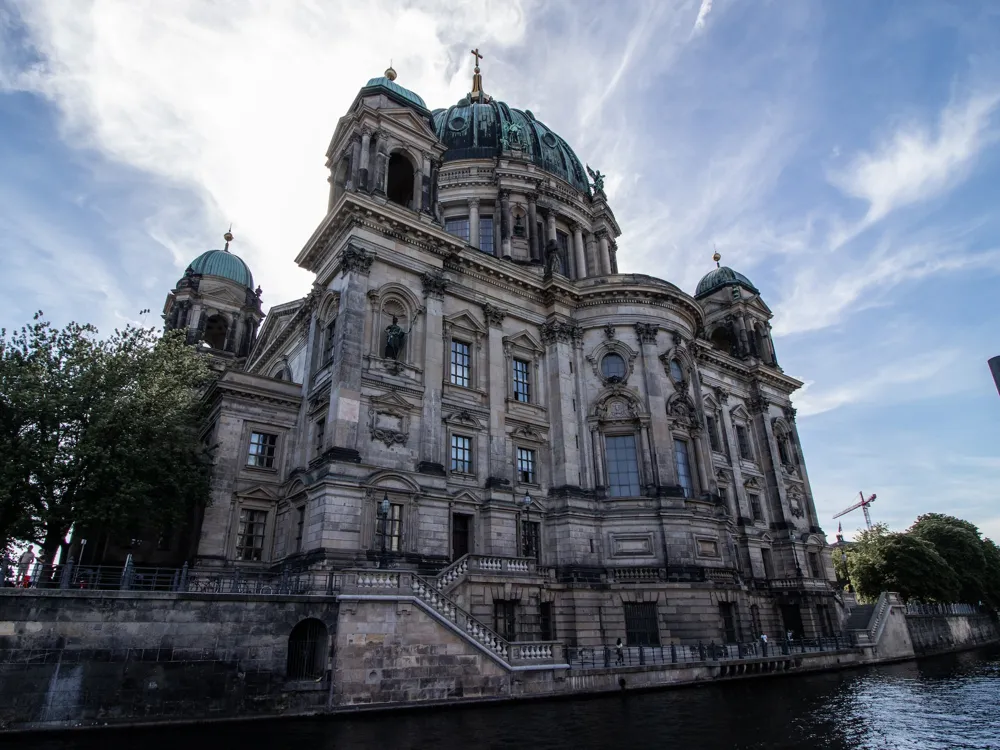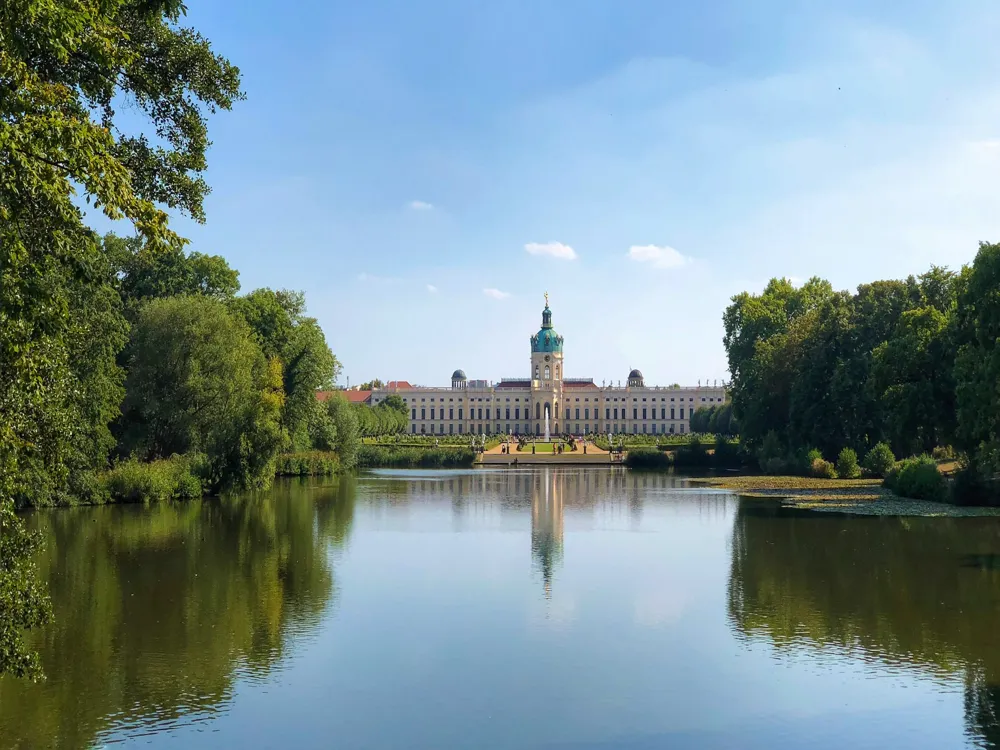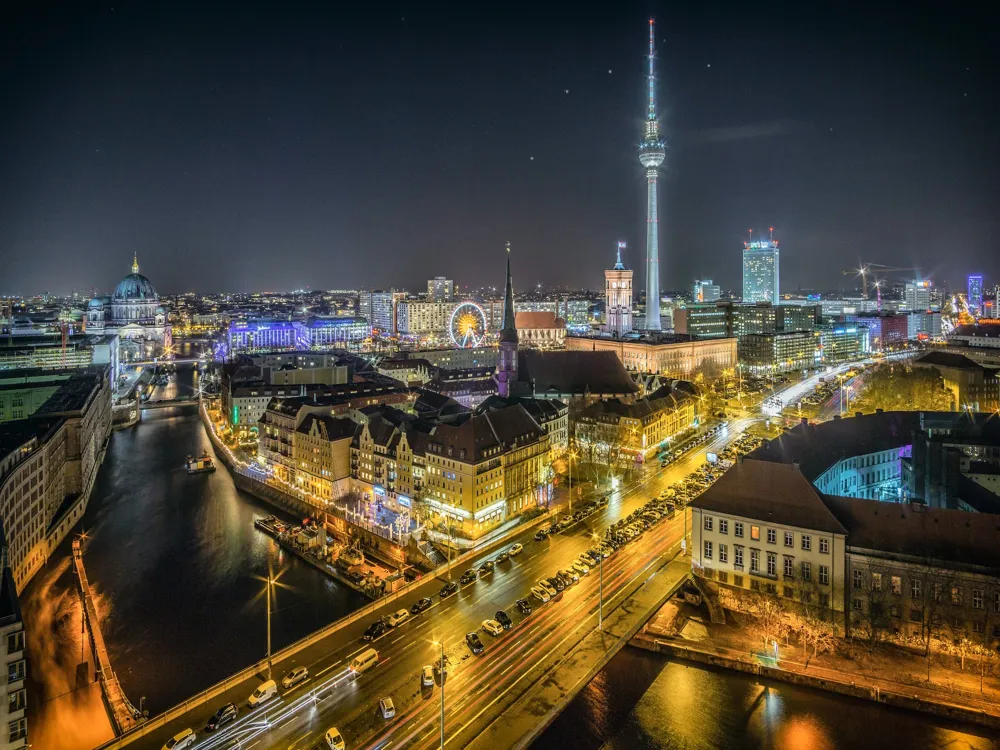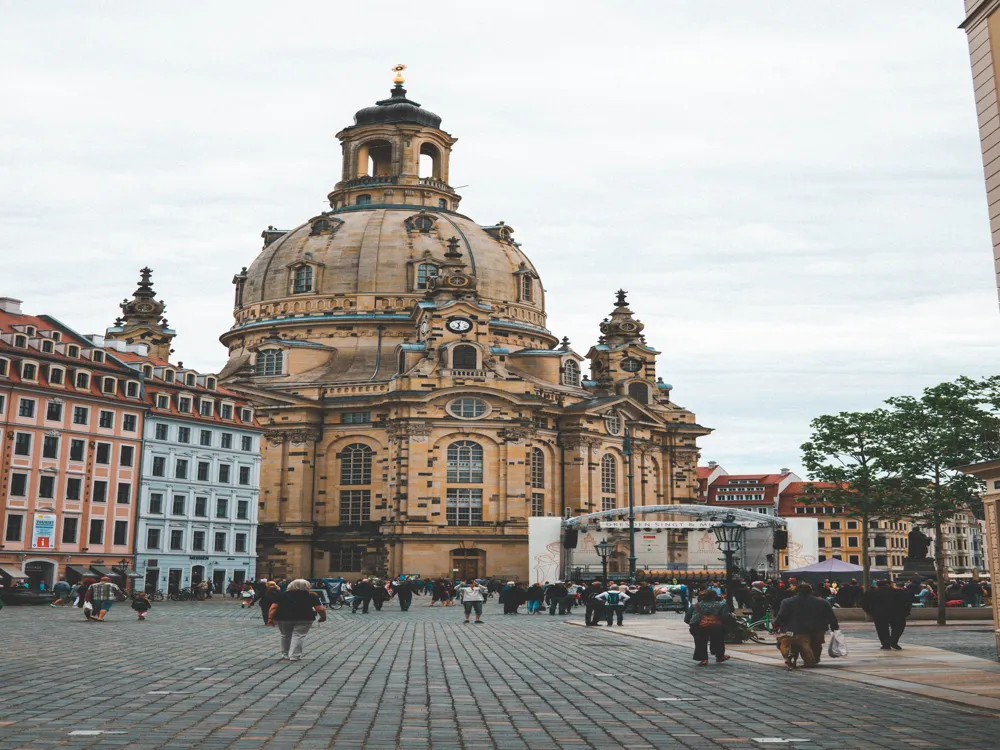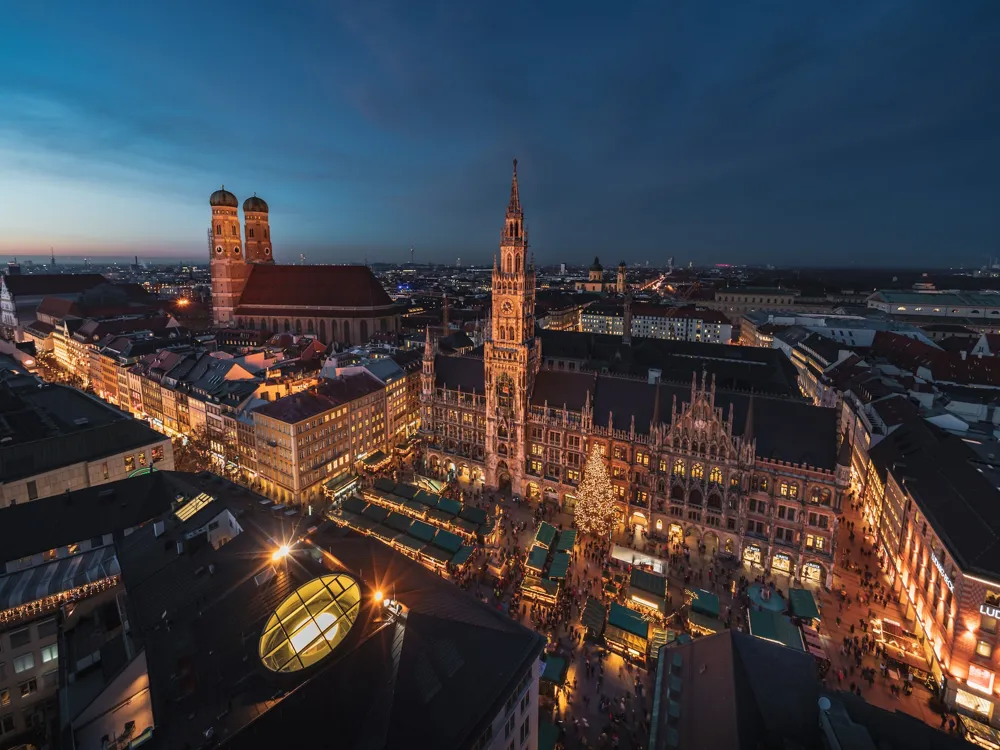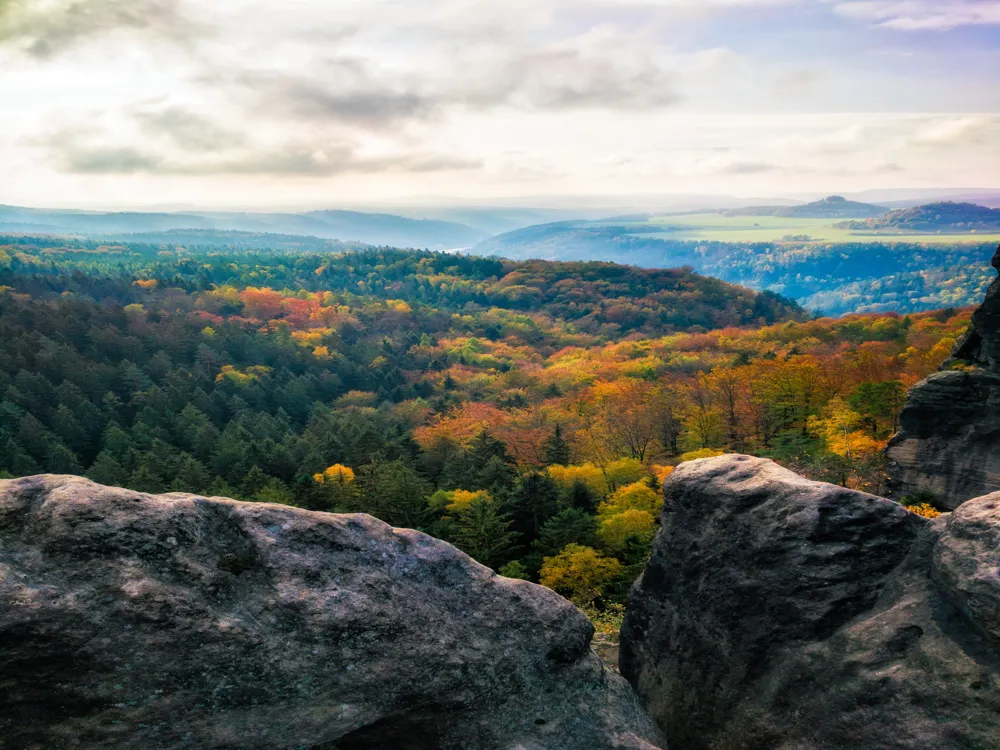The Reichstag, a pivotal edifice in Berlin, stands as a symbol of Germany's complex history and its journey towards democracy. Originally constructed to house the Imperial Diet of the German Empire, the Reichstag has witnessed significant historical events, from the fires of 1933 to its fall and subsequent rise post-World War II. Today, it serves as the seat of the German Parliament (Bundestag) and is renowned for its iconic glass dome, designed by architect Norman Foster, which symbolizes transparency and openness in the government. This article delves into the Reichstag's intriguing history, architectural significance, and its role in modern German politics. The Reichstag's story begins in the late 19th century, during the German Empire under Kaiser Wilhelm I. Its initial purpose was to accommodate the Imperial Diet, reflecting the nation's newfound unity. However, the building's journey has been tumultuous. The 1933 fire, often seen as a pivotal moment in the rise of the Nazi regime, led to severe damage and marked the end of its role as a parliamentary building for several decades. Post-World War II, the Reichstag lay in ruins, a symbol of a divided Berlin and Germany. It wasn't until the reunification of Germany in 1990 that the Reichstag regained its place as a symbol of German unity and democracy. Designed by Paul Wallot, the original Reichstag was a marvel of 19th-century architecture, combining elements of neo-Renaissance and classicism. Its most striking feature was the imposing façade, crowned by an impressive dome. The building's rebirth post-reunification brought a blend of historical preservation and modern architectural innovation. British architect Norman Foster's redesign introduced the now-famous glass dome, which offers panoramic views of the city and a direct view into the parliamentary chamber, symbolizing political transparency. The glass dome, a modern architectural masterpiece, is not just an aesthetic feature but also a symbol of the new era of German politics. It represents an era of openness, where the public can literally and metaphorically look over the shoulders of their elected representatives. This transparent design is a stark contrast to the building's historical association with opaque and secretive governance, marking a new chapter in the Reichstag's life. The Reichstag's architecture is a fascinating amalgamation of historical grandeur and contemporary innovation. This section explores the architectural features, innovations, and symbolic elements that make the Reichstag a masterpiece of design. The original Reichstag, designed by Paul Wallot, is a testament to the grandeur of the German Empire. The neo-Renaissance style, popular in the 19th century, is evident in its elaborate façades, grand staircases, and the intricate stone carvings that adorn its exterior. The building's initial design was a statement of power and unity, reflecting the aspirations of a newly unified German nation. Norman Foster's renovation of the Reichstag is a perfect example of how modern architecture can complement and enhance historical structures. The glass dome, the building's most recognizable feature, is not only an architectural marvel but also an embodiment of the new democratic spirit of Germany. The dome's energy-efficient design, which includes a solar-powered light and air circulation system, reflects Germany's commitment to sustainability and innovation. The interior of the Reichstag is as impressive as its exterior. The parliamentary chamber, public galleries, and meeting rooms are designed with a focus on openness and transparency. The use of glass throughout the interior allows natural light to permeate the space, creating an atmosphere of openness and clarity. The careful preservation of historical elements, such as graffiti left by Soviet soldiers in 1945, serves as a reminder of the building's turbulent past. Art plays a significant role in the Reichstag's design. The building houses various artworks that reflect Germany's history and cultural identity. These pieces, ranging from classical paintings to modern installations, offer visitors an additional layer of insight into the nation's past and present. Before visiting the Reichstag, it's important to plan ahead. Booking a tour in advance is highly recommended as it's a popular attraction. Visitors should also be aware of the security measures in place and prepare accordingly. The best time to visit the Reichstag is early in the morning or late in the afternoon to avoid crowds. Visiting on weekdays can also be less crowded than weekends. The glass dome is a must-see. It offers an audio guide that provides information about the Reichstag and panoramic views of Berlin. Visitors should take their time to enjoy this unique experience. The Reichstag is easily accessible by various modes of transportation. It's located in the heart of Berlin, making it a convenient destination for visitors. Using Berlin's efficient public transport system is the easiest way to reach the Reichstag. The nearest stations are Brandenburger Tor and Berlin Hauptbahnhof, which are served by S-Bahn, U-Bahn, and regional trains. Buses also stop near the Reichstag, making it accessible from different parts of the city. For those who prefer to drive, there are several parking facilities near the Reichstag. However, parking can be limited, and it's advisable to use public transport or taxi services for convenience. Berlin is a bike-friendly city, and biking to the Reichstag can be a pleasant experience. There are also scenic walking routes for those who prefer to explore the city on foot. READ MORE:-Overview of the Reichstag in Berlin
Historical Background
Architectural Evolution
Significance of the Glass Dome
Architecture of the Reichstag
Historical Architectural Elements
Modern Architectural Innovations
The Interior Design
Artistic Features
Tips When Visiting the Reichstag
Planning Your Visit
Best Times to Visit
Exploring the Dome
How To Reach the Reichstag
Public Transport Options
Driving and Parking Facilities
Biking and Walking Routes
Reichstag
Berlin
₹ 58,000 onwards
View berlin Packages
Weather :
Tags : Historical Site
Timings : Sunday - Monday: 08:00 AM - 12:00 AM
Planning a Trip? Ask Your Question
Berlin Travel Packages
View All Packages For Berlin
Top Hotel Collections for Berlin

Private Pool

Luxury Hotels

5-Star Hotels

Pet Friendly
Top Hotels Near Berlin
Other Top Ranking Places In Berlin
View All Places To Visit In berlin
View berlin Packages
Weather :
Tags : Historical Site
Timings : Sunday - Monday: 08:00 AM - 12:00 AM
Planning a Trip? Ask Your Question
Berlin Travel Packages
View All Packages For Berlin
Top Hotel Collections for Berlin

Private Pool

Luxury Hotels

5-Star Hotels

Pet Friendly







